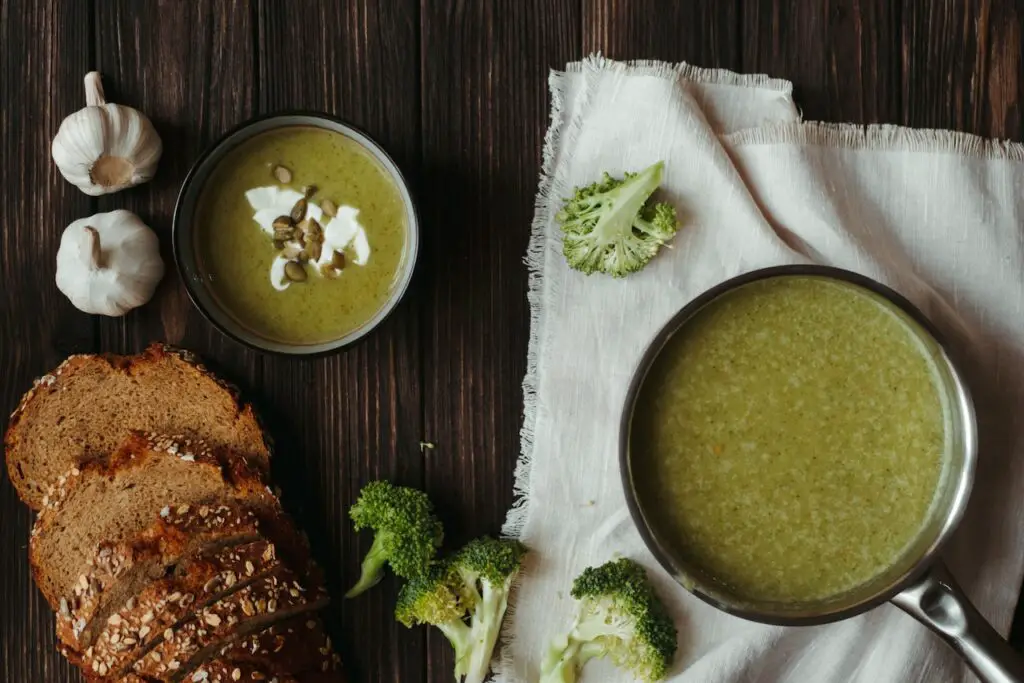Incorporating more plant-based foods into your diet is a great way to improve your health, reduce your environmental impact, and even save some money. Whether you’re a committed vegetarian or just looking to reduce your meat intake, there are plenty of delicious and nutritious plant-based options out there.
In this article, we’ll take a look at some of the best ways to incorporate more plant-based foods into your diet, including some tips on meal planning and preparation, as well as some ideas for easy and delicious plant-based recipes.
Related: The Top 10 Nutrition Supplements You Need in Your Diet
Why Eat More Plant-Based Foods?
Before we dive into the practicalities of incorporating more plant-based foods into your diet, let’s take a look at some of the reasons why you might want to make this change.
First and foremost, plant-based foods are packed with nutrients that are essential for good health. Fruits, vegetables, whole grains, and legumes are all rich in vitamins, minerals, and fiber, which can help to keep you feeling full and satisfied, while also reducing your risk of chronic diseases like heart disease, diabetes, and certain types of cancer.
In addition to the health benefits, there are plenty of other reasons to consider a more plant-based diet. For example:
Environmental impact
Eating more plant-based foods can help to reduce your carbon footprint, as animal agriculture is a major contributor to greenhouse gas emissions.
Animal welfare
Many people choose a plant-based diet for ethical reasons, as they believe that animals should not be used for food or other products.
Cost
Plant-based foods can often be less expensive than animal products, especially if you’re buying in bulk or in season.
Whatever your reasons for wanting to incorporate more plant-based foods into your diet, there are plenty of delicious and nutritious options out there. Here are some tips to help you get started.
Start Small and Build Up
If you’re new to plant-based eating, it can be overwhelming to try to change your entire diet all at once. Instead, start small and make gradual changes over time.
For example, you might start by adding an extra serving of vegetables to your dinner plate each night, or by swapping out your morning bacon for a tofu scramble. As you get more comfortable with these changes, you can start to experiment with new recipes and ingredients.
Related: The Ultimate Guide to Men’s Nutrition: Fueling Your Body for Success
Plan Your Meals in Advance
Meal planning is a great way to ensure that you have plenty of plant-based options on hand throughout the week. Start by making a list of your favorite plant-based recipes, and then plan out your meals for the week based on what you have on hand and what’s in season.
You can also save time and money by batch cooking some of your favorite plant-based meals and freezing them for later. Soups, stews, and curries are all great options for batch cooking, as they can be easily reheated and served with some fresh greens or whole grains.
Get Creative with Your Ingredients
One of the best things about plant-based eating is that there are so many different ingredients to choose from. Experiment with new vegetables, grains, and legumes to keep your meals interesting and flavorful.
For example, you might try adding some roasted chickpeas to your salad for some extra crunch, or swapping out your regular rice for quinoa or farro. You can also experiment with different spices and seasonings to add flavor to your meals without relying on meat or dairy.

Focus on Whole Foods
When it comes to plant-based eating, it’s important to focus on whole foods rather than processed or packaged foods. Whole foods are minimally processed and contain more nutrients and fiber than their processed counterparts.
Some great whole food options include fruits, vegetables, whole grains, legumes, nuts, and seeds. Try to fill your plate with a variety of these foods at each meal to ensure that you’re getting all of the nutrients your body needs.
Reduce Your Intake of Processed Foods
While it’s important to focus on whole foods, it’s also important to be mindful of your intake of processed foods. Many processed plant-based foods, such as vegan cheese or mock meats, can be high in sodium, sugar, and preservatives.
Try to limit your intake of these foods and opt for whole food alternatives instead. For example, instead of using vegan cheese, you might try adding some nutritional yeast to your pasta for a cheesy flavor, or use roasted veggies as a filling for your sandwich instead of a processed veggie patty.
Don’t Be Afraid to Supplement
While a well-planned plant-based diet can provide all of the nutrients your body needs, there are a few nutrients that can be more difficult to get enough of on a plant-based diet, including vitamin B12, vitamin D, and omega-3 fatty acids.
If you’re concerned about getting enough of these nutrients, talk to your doctor or a registered dietitian about whether or not you should consider taking a supplement.
Plant-Based Recipes to Try
Ready to get started with some plant-based recipes? Here are a few easy and delicious options to try:
Chickpea Salad Sandwich
This tasty sandwich is perfect for a quick and easy lunch. Simply mash up a can of chickpeas and mix in some chopped veggies (like celery and red onion), some vegan mayo, and a squeeze of lemon juice. Serve on whole grain bread with some fresh greens.
Vegan Chili
This hearty chili is packed with plant-based protein and fiber, and is perfect for a chilly evening. Simply sauté some onion and garlic in a large pot, then add in some chopped veggies (like bell pepper and zucchini), a can of diced tomatoes, a can of black beans, a can of kidney beans, and some chili powder and cumin. Simmer for about 30 minutes, then serve with some whole grain crackers or cornbread.
Tofu Stir-Fry
This delicious stir-fry is a great way to use up any veggies you have on hand. Simply sauté some tofu in a large skillet, then add in some chopped veggies (like broccoli, bell pepper, and mushrooms), some minced ginger and garlic, and a splash of soy sauce and rice vinegar. Serve over brown rice or quinoa.
Roasted Veggie Bowl
This tasty bowl is packed with flavor and nutrition. Simply roast some veggies (like sweet potato, Brussels sprouts, and cauliflower) in the oven until tender and crispy, then serve over a bed of cooked quinoa or brown rice. Drizzle with a homemade tahini dressing for some extra flavor.
Conclusion
Incorporating more plant-based foods into your diet is a great way to improve your health, reduce your environmental impact, and save some money. By starting small, planning your meals in advance, getting creative with your ingredients, focusing on whole foods, reducing your intake of processed foods, and supplementing as needed, you can create a healthy and sustainable plant-based diet that works for you. So why not give it a try? Your body and the planet will thank you!


Pingback: The Pros and Cons of Taking Iron Supplements - The Gentlemen Diary
Pingback: Healthy Eating for Men: A Beginner's Guide to Balanced Nutrition - The Gentlemen Diary